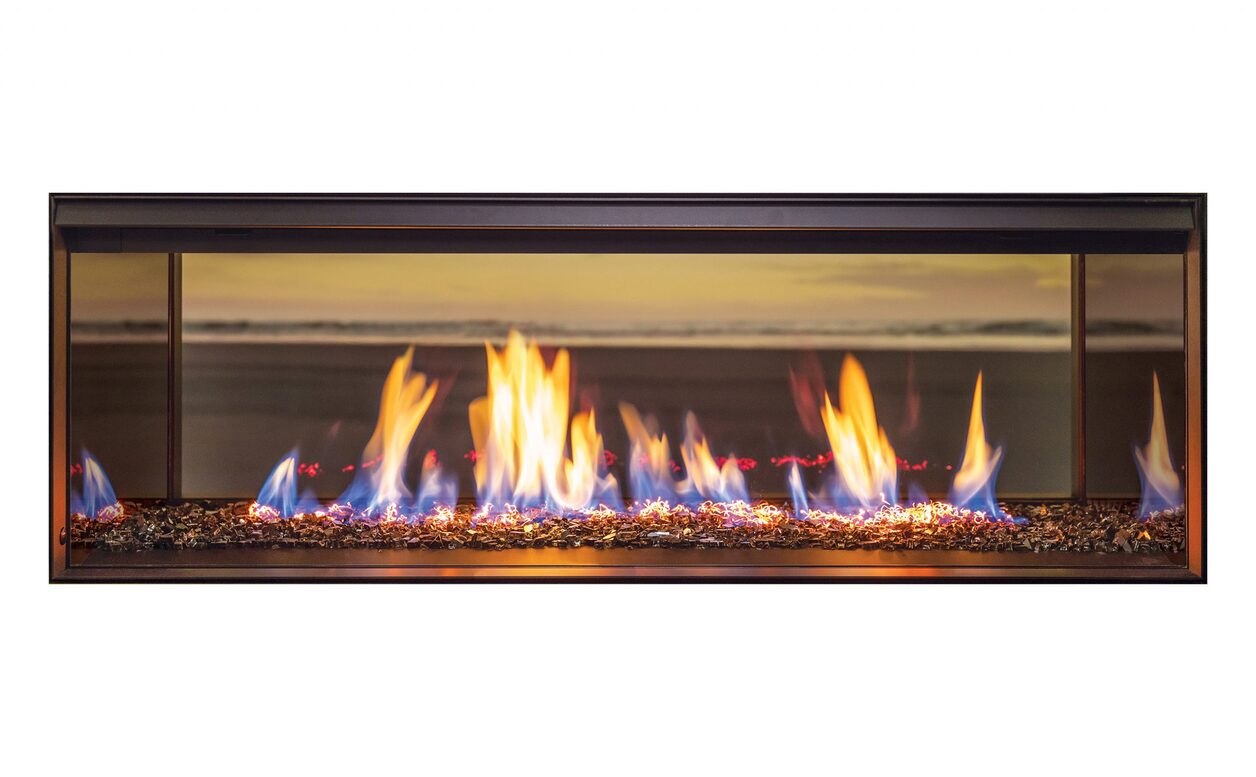

Articles
What Color Should Gas Fireplace Flames Be
Modified: May 6, 2024
Discover what color gas fireplace flames should ideally be in this informative article. Learn how to ensure safe and efficient heating in your home.
(Many of the links in this article redirect to a specific reviewed product. Your purchase of these products through affiliate links helps to generate commission for Storables.com, at no extra cost. Learn more)
Introduction
Gas fireplaces have gained popularity as a convenient and efficient way to add warmth and ambiance to our homes. While the primary purpose of a gas fireplace is to provide heat, the visual appeal of the flames also plays a crucial role. The color of the flames in a gas fireplace can vary, and understanding what the different colors mean can enhance your enjoyment and ensure your fireplace is functioning correctly.
Various factors can affect the color of gas fireplace flames, including the type of gas being used and any additives present. In this article, we will explore the different flame colors you may encounter in gas fireplaces and what they signify. We will also discuss safety considerations and provide tips on adjusting the flame color to suit your preferences.
Whether you have a natural gas fireplace or a propane gas fireplace, understanding the flame color can help you troubleshoot any potential issues and ensure a safe and visually appealing fire.
Key Takeaways:
- Understanding the significance of gas fireplace flame colors can help troubleshoot issues and ensure efficient, safe operation. Blue flames indicate clean combustion, while yellow or amber flames may require attention for optimal performance.
- Regular maintenance, safety considerations, and adjustments to air-to-fuel ratio can help achieve desired flame colors in gas fireplaces. Prioritize safety, consult manufacturer guidelines, and enjoy the warmth and ambiance of a well-maintained gas fireplace.
Read more: How To Enhance A Gas Fireplace Flame
Factors Affecting Gas Fireplace Flame Color
The color of the flames in a gas fireplace can vary depending on several factors. Understanding these factors can give you insights into why your flames may appear a certain color and help you troubleshoot any issues. Here are some of the key factors that can affect gas fireplace flame color:
- Type of Gas: The type of gas being used in your fireplace can significantly impact flame color. Two common types of gas used in gas fireplaces are natural gas and propane. Natural gas flames typically have a blue tint, while propane flames tend to be more yellow or even amber in color.
- Cleanliness of Burners: Over time, gas fireplace burners can accumulate dirt, dust, and other debris, which can affect flame color. It’s essential to clean the burners regularly to maintain optimal performance and ensure a clean and bright flame.
- Air-to-Fuel Ratio: The air-to-fuel ratio plays a crucial role in flame color. When there is an inadequate supply of air, the flames may appear yellow or sooty. Conversely, a balanced air-to-fuel ratio produces cleaner and bluer flames.
- Additives: Some gas suppliers add additives to their gas, which can affect flame color. For example, certain chemicals may be added to natural gas to give it a distinctive odor for safety purposes. These additives can sometimes influence flame color as well.
It’s important to note that gas fireplace manufacturers have specific guidelines for the desired flame color of their products. These guidelines ensure optimal performance and safety. If you notice a drastic change in flame color, it’s best to consult your fireplace’s user manual or contact a professional technician to inspect and address any potential issues.
Understanding the factors that influence gas fireplace flame color can help you identify and resolve any problems, ensuring that your fireplace functions optimally and provides an enjoyable visual experience.
Natural Gas Fireplace Flames
Natural gas is a common fuel source for gas fireplaces. One of the distinguishing characteristics of natural gas fireplace flames is their blue color. The blue flame is a result of the burning process and indicates that the combustion is efficient.
A blue flame in a natural gas fireplace signifies complete combustion, where the gas is burning cleanly and efficiently. This clean burn produces a vibrant blue color with minimal soot or smoke. A blue flame is desirable as it indicates that the fuel is being used efficiently, resulting in optimal heat output and lower emissions.
However, it’s worth noting that the flame color can vary slightly depending on the specific gas composition and the burner design of your fireplace. The blue color can sometimes have a hint of purple or turquoise, adding a lovely visual element to the fire.
It’s important to maintain a proper air-to-fuel ratio in a natural gas fireplace to ensure that the flame remains blue. If the flame appears yellow, sooty, or irregular, it may be an indication of an inadequate air supply or other issues. In such cases, it’s recommended to have your fireplace inspected and serviced by a qualified technician to resolve any problems.
Additionally, keep in mind that natural gas fireplace flames should be consistent and free from flickering or sputtering. If you notice any irregularities in the flame pattern, it’s advisable to have the burners checked and cleaned to ensure optimal performance.
Overall, the blue flame in a natural gas fireplace is not only visually appealing but also a sign of efficient energy consumption. When properly maintained, your natural gas fireplace can provide a clean, consistent, and beautiful flame that enhances the ambiance of your home.
Propane Gas Fireplace Flames
Propane gas is another popular fuel source for gas fireplaces. Propane flames tend to have a warmer, yellow or even amber color, which creates a cozy and inviting atmosphere.
Unlike natural gas, propane doesn’t burn as cleanly, resulting in a different flame color. The yellow or amber hues in propane gas fireplace flames are caused by incomplete combustion. This means that the propane is not burning as efficiently as natural gas, leading to the production of more soot and smoke.
While the yellow flame color may be aesthetically pleasing for many people, it’s essential to ensure that the flame remains steady and consistent. A flickering or irregular flame in a propane gas fireplace could indicate issues with the burner, gas pressure, or air ventilation. It’s crucial to address any irregularities promptly to maintain safety and optimal performance.
If you notice a significant change in the flame color of your propane gas fireplace, it’s essential to have it inspected by a professional technician. They can check for any potential problems, such as clogged burners or inadequate airflow, and make any necessary adjustments.
It’s worth mentioning that propane gas fireplace flames can also have a bluish tint at the base. This blue flame is the result of the secondary combustion of the gases emitted by the burning propane. The combination of the yellow and blue flames creates a visually captivating and comforting ambiance.
Propane gas fireplaces provide a unique flame color that adds warmth and character to any space. By ensuring proper maintenance and addressing any issues promptly, you can enjoy the beautiful, inviting flames that propane gas fireplaces offer.
The color of gas fireplace flames should be mostly blue, with a small amount of yellow at the tip. If the flames are mostly yellow, it may indicate an issue with the gas-to-air ratio and should be checked by a professional.
Common Flame Colors and Their Meanings
Gas fireplace flames can exhibit different colors, and each color may signify something specific. Here are some of the common flame colors and their meanings:
- Blue Flame: A blue flame, whether in a natural gas or propane gas fireplace, indicates efficient combustion. It signifies that the fuel is burning cleanly and efficiently, resulting in optimal heat output and lower emissions.
- Yellow Flame: A yellow flame in a gas fireplace, particularly in a propane gas fireplace, is caused by incomplete combustion. It may indicate an issue with the burner or airflow, resulting in the production of more soot and smoke.
- Orange Flame: An orange flame can occur when there is a build-up of impurities in the gas or when the air-to-fuel ratio is incorrect. It can also be a sign of inadequate air ventilation, which requires attention to ensure proper combustion.
- Red Flame: A red flame in a gas fireplace can be caused by the presence of impurities, such as rust or debris, in the gas supply. It can also indicate a lack of oxygen or poor combustion. This flame color should be addressed promptly to ensure safety and optimal performance.
- Purple Flame: A purple flame is not a common color in gas fireplaces. It may be caused by a chemical reaction between the gas and any additives present. If you observe a purple flame, it’s advisable to consult a professional technician to determine the cause and address any potential issues.
It’s important to note that flame colors can vary depending on the specific gas composition, burner design, and other factors. While the colors mentioned above are generally associated with certain conditions, it’s always recommended to refer to your fireplace’s user manual or consult a professional if you have any concerns about the color or quality of your gas fireplace flames.
Understanding the meanings behind different flame colors can help you identify potential problems and ensure the safe and efficient operation of your gas fireplace.
Read more: How To Adjust The Flame On A Gas Fireplace
Safety Considerations for Gas Fireplace Flames
While gas fireplaces are generally considered safe and convenient heating options, it’s essential to prioritize safety when it comes to the flames. Here are some important safety considerations to keep in mind regarding gas fireplace flames:
- Carbon Monoxide: Gas fireplaces, like any fuel-burning appliance, produce carbon monoxide (CO) gas. It’s crucial to ensure that your fireplace is properly vented to allow for the safe removal of CO. Regularly inspect and maintain the ventilation system to prevent any blockages or leaks.
- Gas Leaks: Gas leaks can be hazardous and increase the risk of fire or explosion. If you detect a strong gas odor or suspect a gas leak, evacuate the area immediately and contact your gas provider or emergency services. It’s important to have your gas fireplace inspected regularly to check for any potential leaks.
- Pilot Light: The pilot light is a small flame that ignites the gas in your fireplace. Regularly check that the pilot light is lit and functioning properly. If the pilot light goes out frequently, it could indicate a problem that requires attention from a professional technician.
- Fireplace Surround and Clearances: Ensure that there is adequate clearance around the fireplace and that any flammable materials, such as curtains or furniture, are kept a safe distance away. Follow the manufacturer’s guidelines for the recommended clearances to reduce the risk of accidental fires.
- Children and Pets: Keep children and pets supervised and a safe distance away from the fireplace. The glass doors and metal surfaces of the fireplace can become hot during operation and pose a burn risk.
- Regular Maintenance: Regular maintenance is essential to keep your gas fireplace functioning safely. Schedule professional inspections and cleanings to ensure that all components are in good working order. This includes checking the burner, gas lines, ventilation, and any safety features.
Following these safety considerations will help you enjoy the warmth and beauty of your gas fireplace without compromising the well-being of yourself, your loved ones, or your home. If you have any specific safety concerns or questions, consult a professional technician who can provide expert advice and guidance.
Tips for Adjusting Gas Fireplace Flame Color
Adjusting the flame color of your gas fireplace can enhance both the visual appeal and the overall ambiance of your living space. Here are some tips to help you achieve the desired flame color:
- Clean the Burners: Over time, gas fireplace burners can collect dirt, dust, or debris, which can affect flame color and performance. Regularly clean the burners to ensure optimal gas flow and combustion.
- Check Air Intake: Make sure that the air intake for your gas fireplace is clear and unobstructed. Obstructions can disrupt the air-to-fuel ratio, affecting the flame color. Clean or remove any blockages as necessary.
- Adjust Air Shutter: Some gas fireplaces have an air shutter that allows you to adjust the amount of air entering the combustion chamber. Experiment with opening or closing the air shutter slightly to achieve the desired flame color. Be cautious not to close it too much, as it can lead to incomplete combustion and the production of carbon monoxide.
- Consult the Manufacturer’s Guide: Refer to your gas fireplace’s user manual or contact the manufacturer for specific instructions on adjusting the flame color. Input from the manufacturer can help ensure that you make any adjustments safely and correctly.
- Consider Flame Adjustments: Some gas fireplaces have built-in flame adjustment controls. These controls allow you to increase or decrease the flame height, which can impact the flame color. Follow the manufacturer’s instructions to make adjustments gradually and avoid any sudden changes.
- Be Mindful of Safety: Always prioritize safety when making any adjustments to your gas fireplace. If you encounter any difficulties or experience unusual flame behavior, consult a professional technician to inspect and address any potential issues.
It’s important to note that while certain adjustments can be made to achieve the desired flame color, it’s essential to maintain a proper air-to-fuel ratio for safe and efficient operation. Avoid making drastic changes or altering settings outside of the manufacturer’s recommendations.
By following these tips and exercising caution, you can customize the flame color of your gas fireplace to suit your preferences and create a cozy and inviting atmosphere in your home.
Conclusion
Gas fireplaces offer both warmth and visual appeal, and understanding the flame color of your gas fireplace can enhance your overall experience. Factors such as the type of gas being used, cleanliness of the burners, air-to-fuel ratio, and any additives present can all influence the flame color.
For natural gas fireplaces, a vibrant blue flame indicates clean and efficient combustion, while propane gas fireplaces often have warm yellow or amber flames due to incomplete combustion. It’s important to maintain a proper air-to-fuel ratio and ensure regular maintenance to keep your fireplace operating safely and efficiently.
Knowing the meanings behind different flame colors allows you to troubleshoot any issues and take appropriate action. Safety considerations, such as ventilation, detecting gas leaks, and regular maintenance, should always be a priority when it comes to gas fireplace flames.
If you wish to adjust the flame color of your gas fireplace, ensure proper cleaning of the burners, check the air intake, adjust the air shutter if applicable, and consult the manufacturer’s guide for specific instructions. Remember to prioritize safety and consider consulting a professional technician if needed.
In conclusion, understanding the factors that affect gas fireplace flame color and practicing safety measures will allow you to enjoy the beauty and warmth of your gas fireplace while ensuring optimal performance and peace of mind.
Curious about taking your gas fireplace to the next level of performance? In our next article, we dive into practical steps for boosting gas fireplace efficiency. You'll learn how simple adjustments can lead not only to better heat distribution but also to savings on your energy bills. If you found today's insights on flame colors helpful, you'll definitely want to check out how these tweaks can optimize your fireplace's operation and overall ambiance.
Frequently Asked Questions about What Color Should Gas Fireplace Flames Be
Was this page helpful?
At Storables.com, we guarantee accurate and reliable information. Our content, validated by Expert Board Contributors, is crafted following stringent Editorial Policies. We're committed to providing you with well-researched, expert-backed insights for all your informational needs.
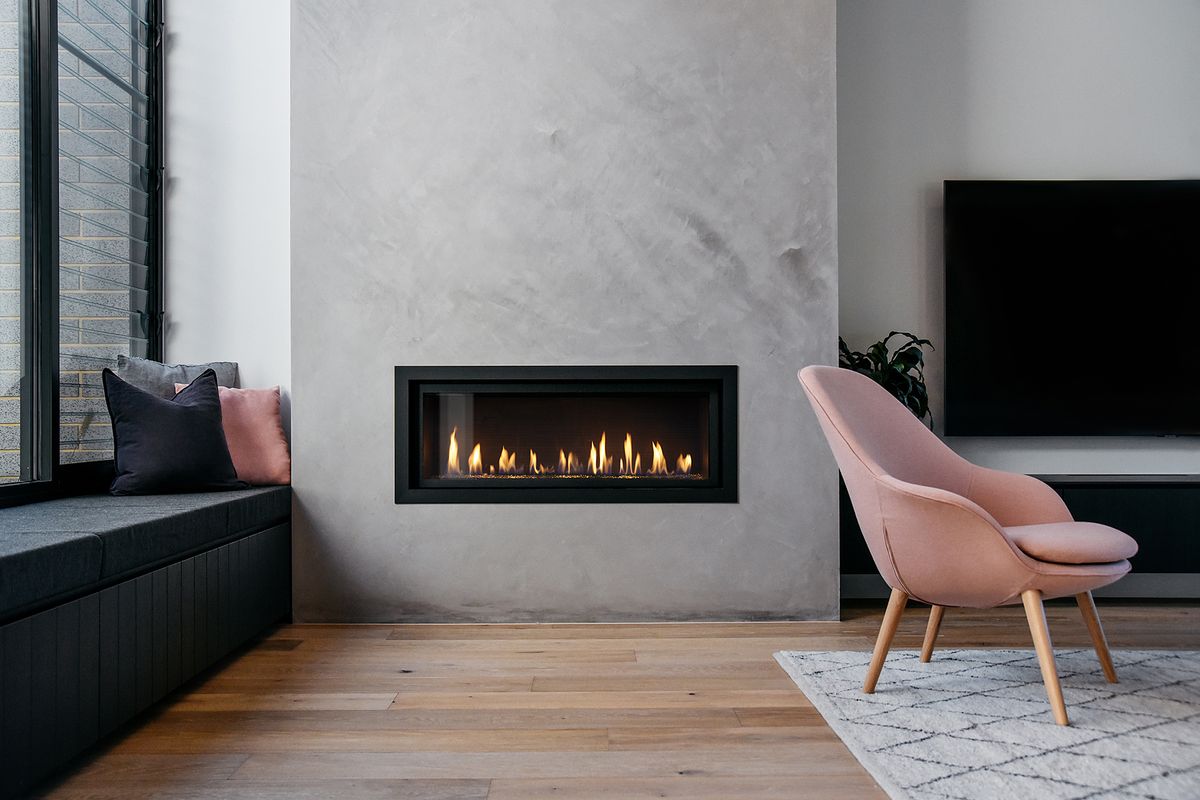
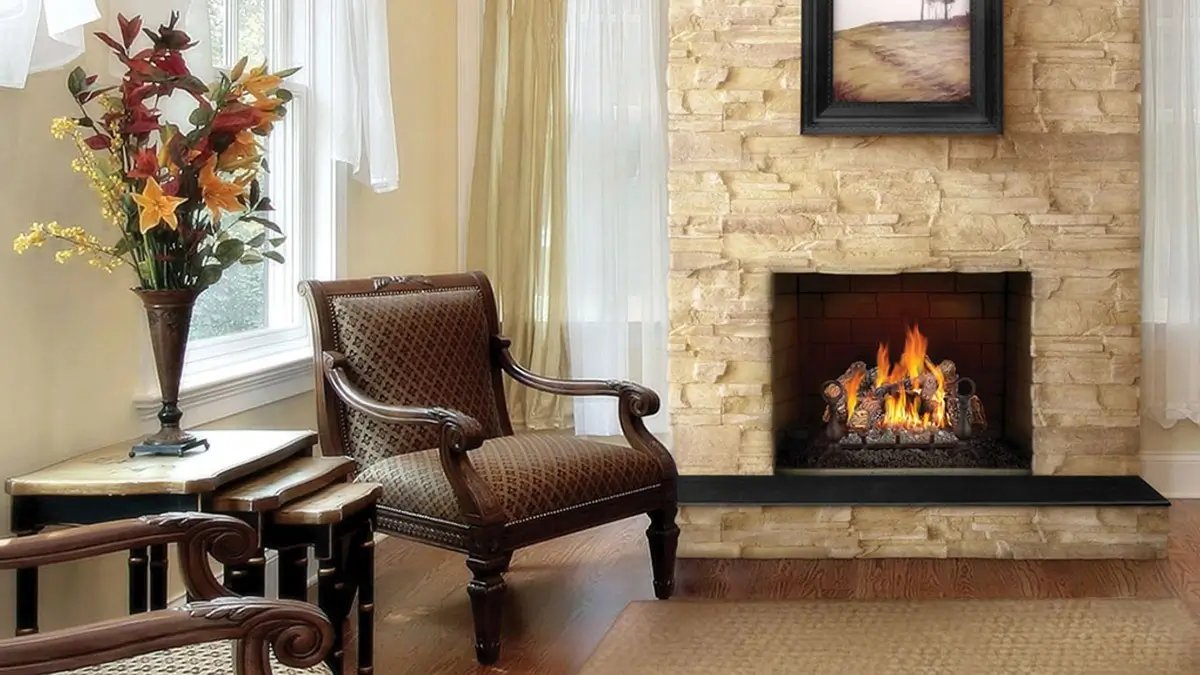
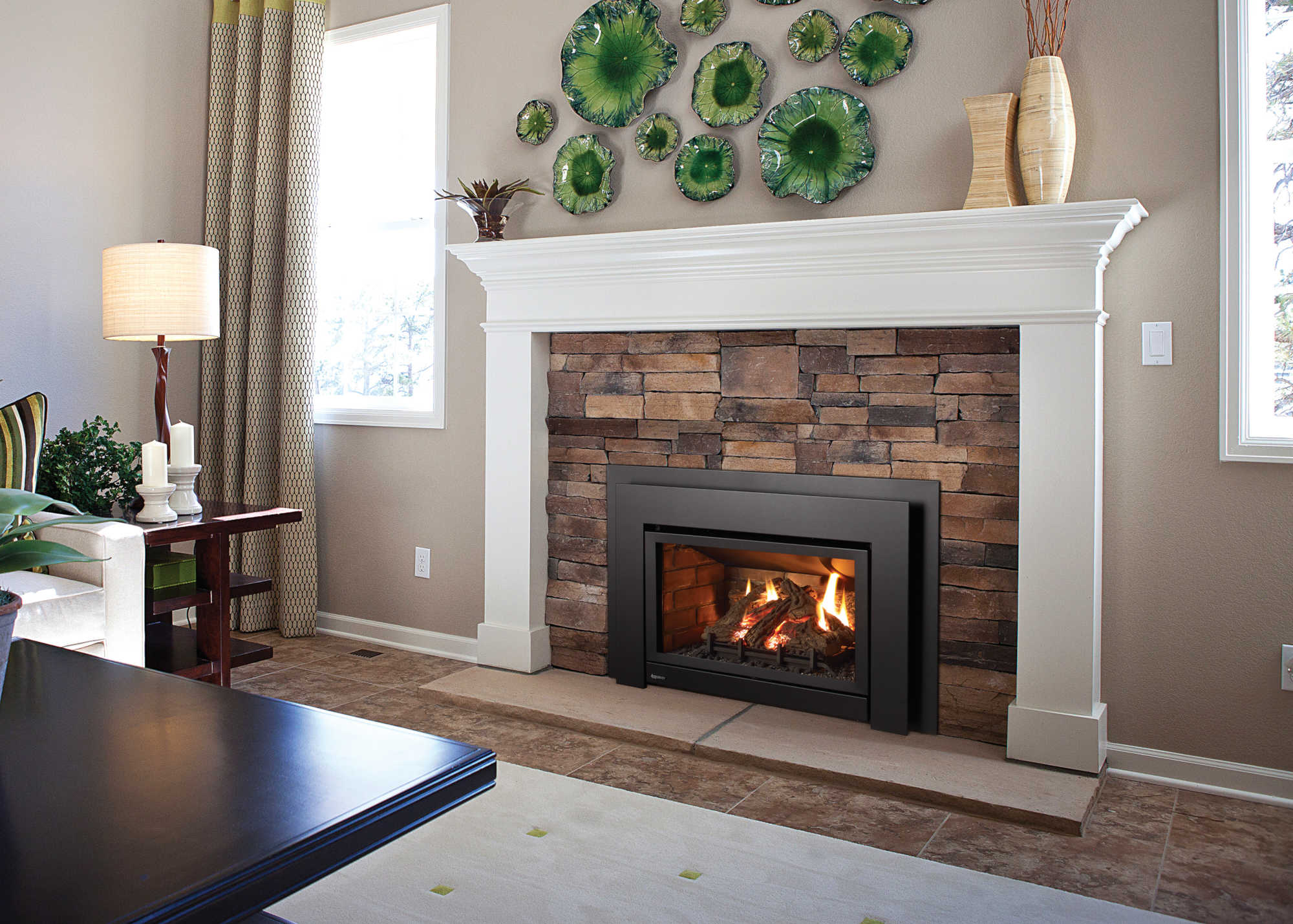
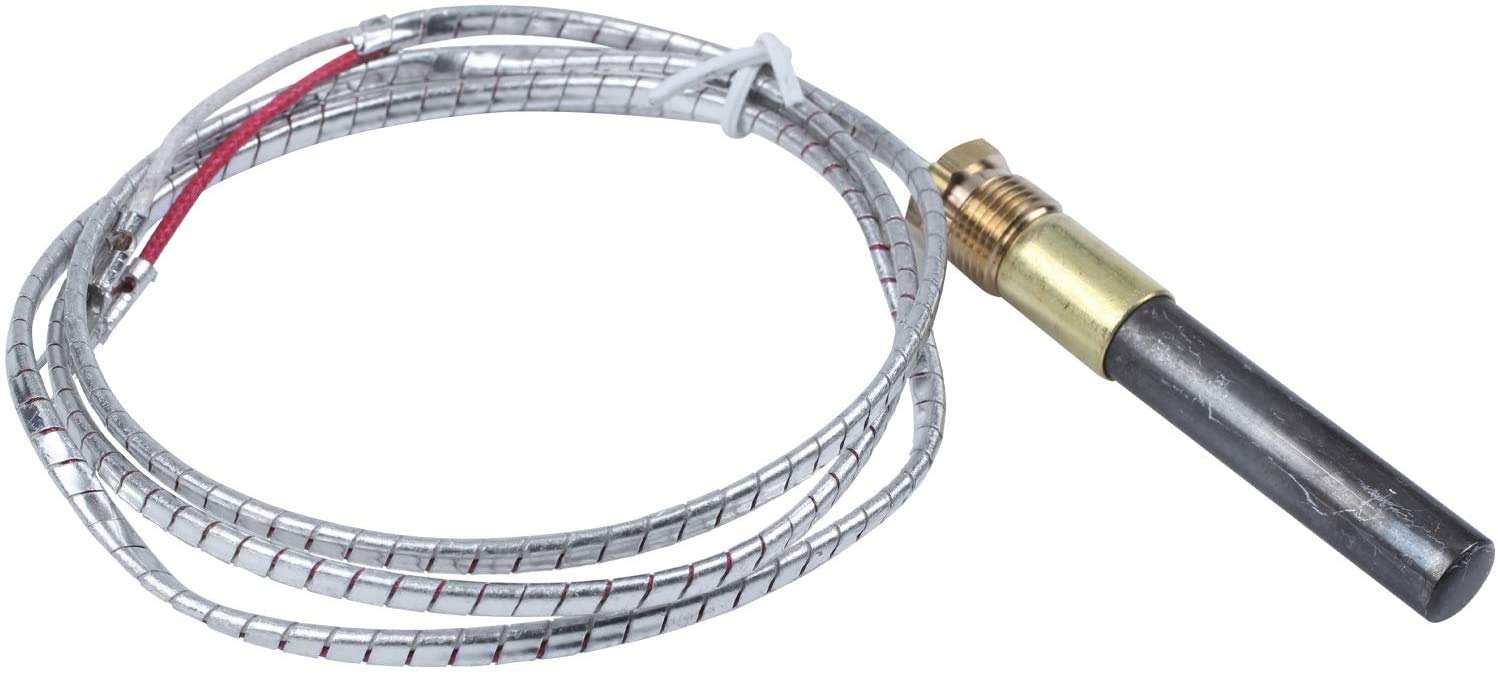
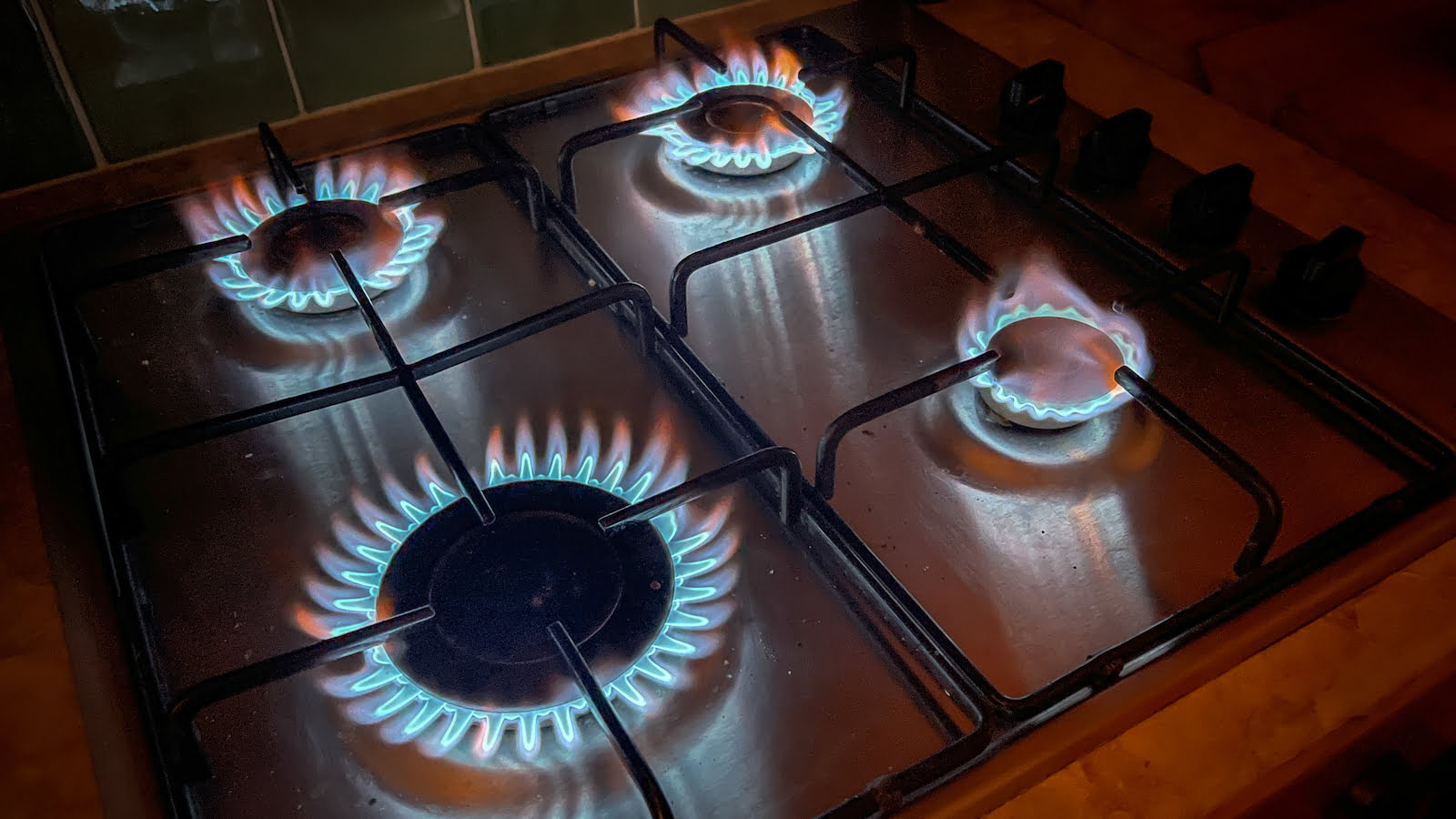
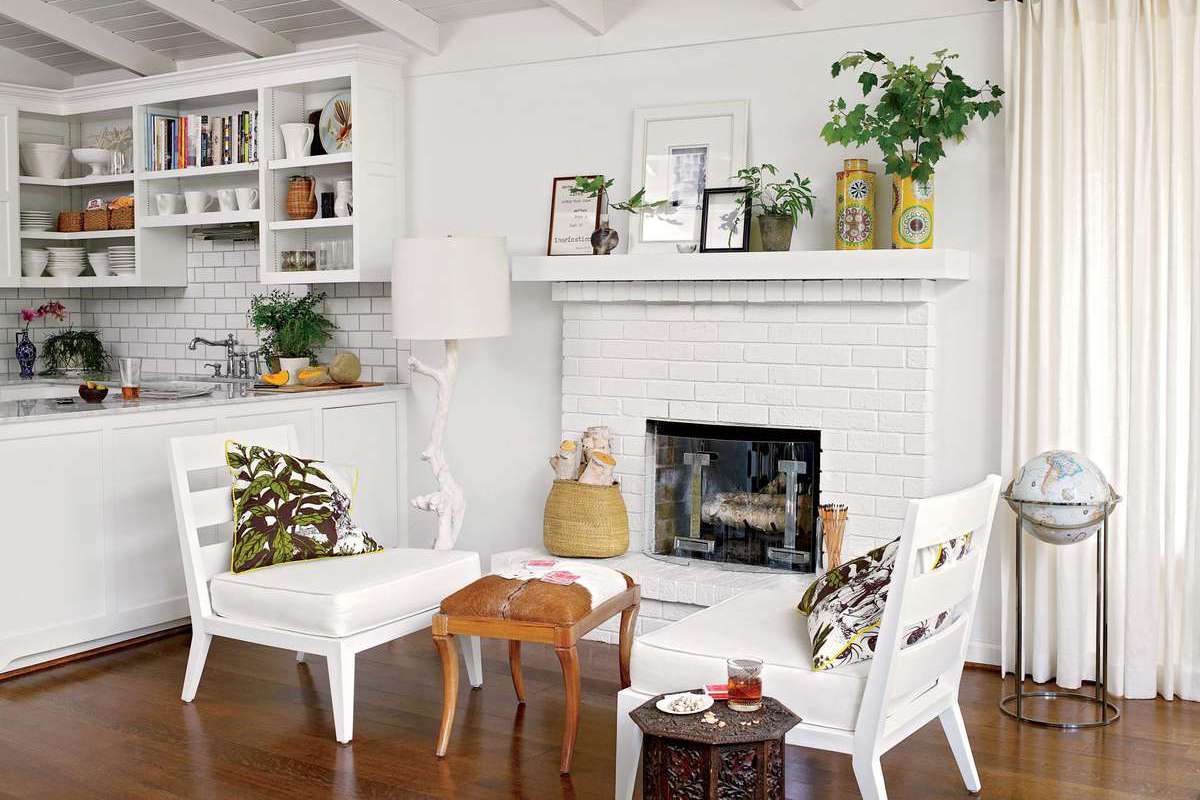
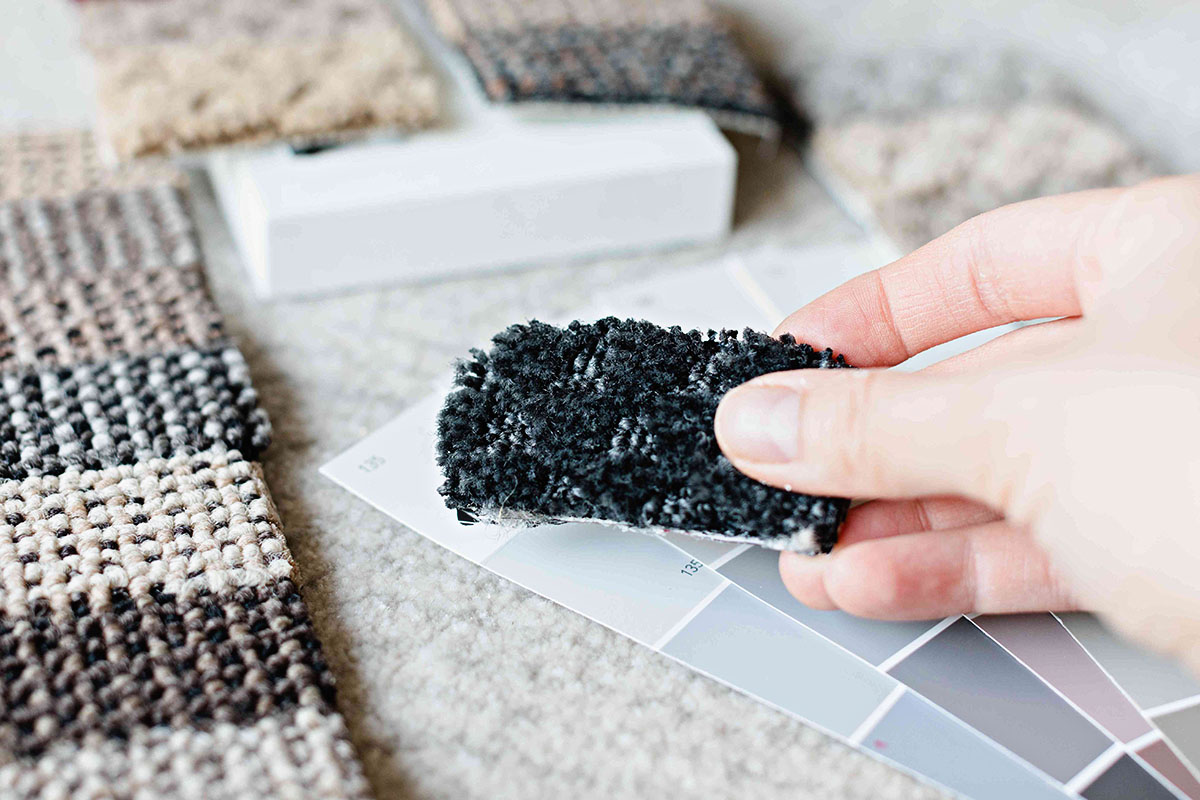
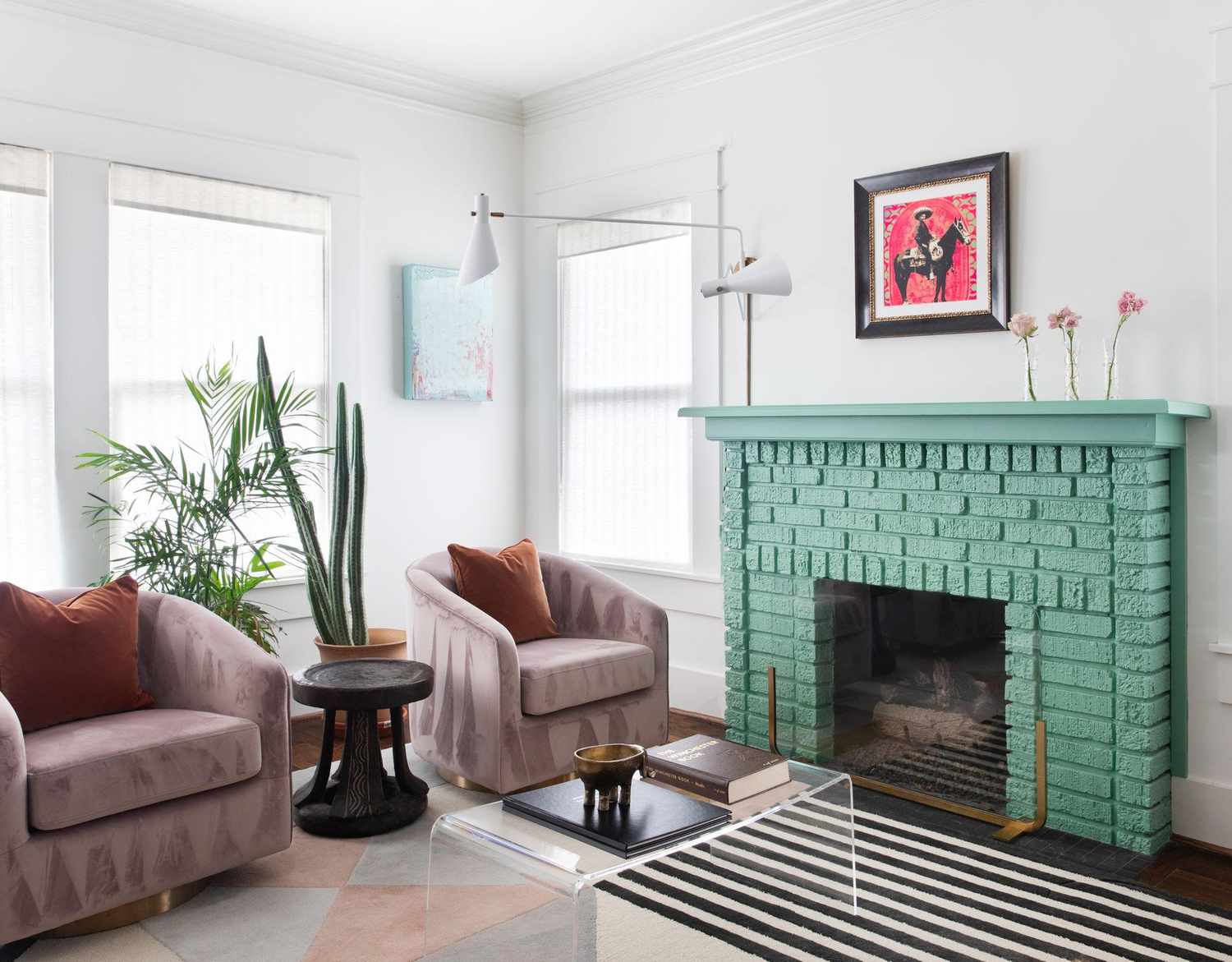
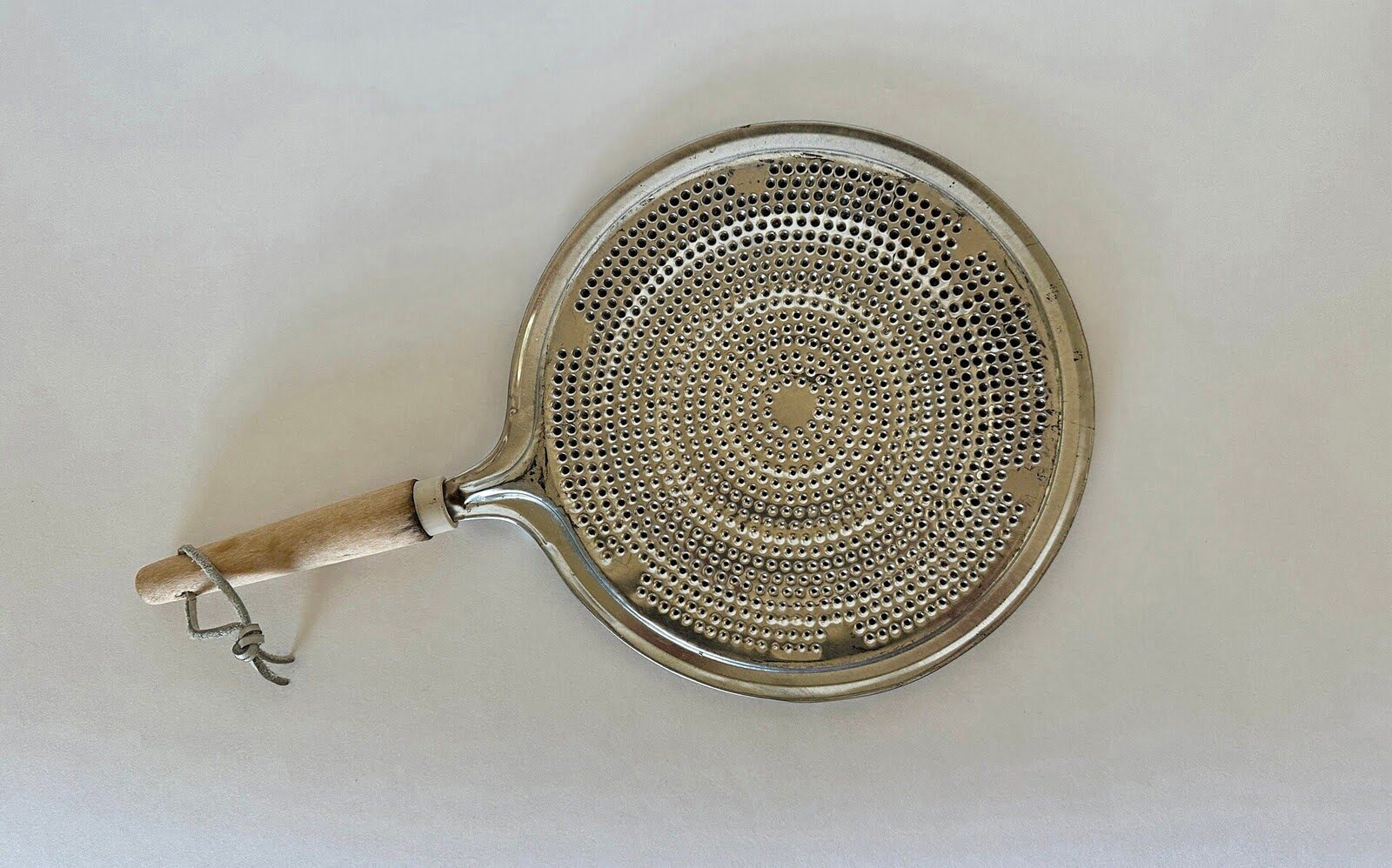
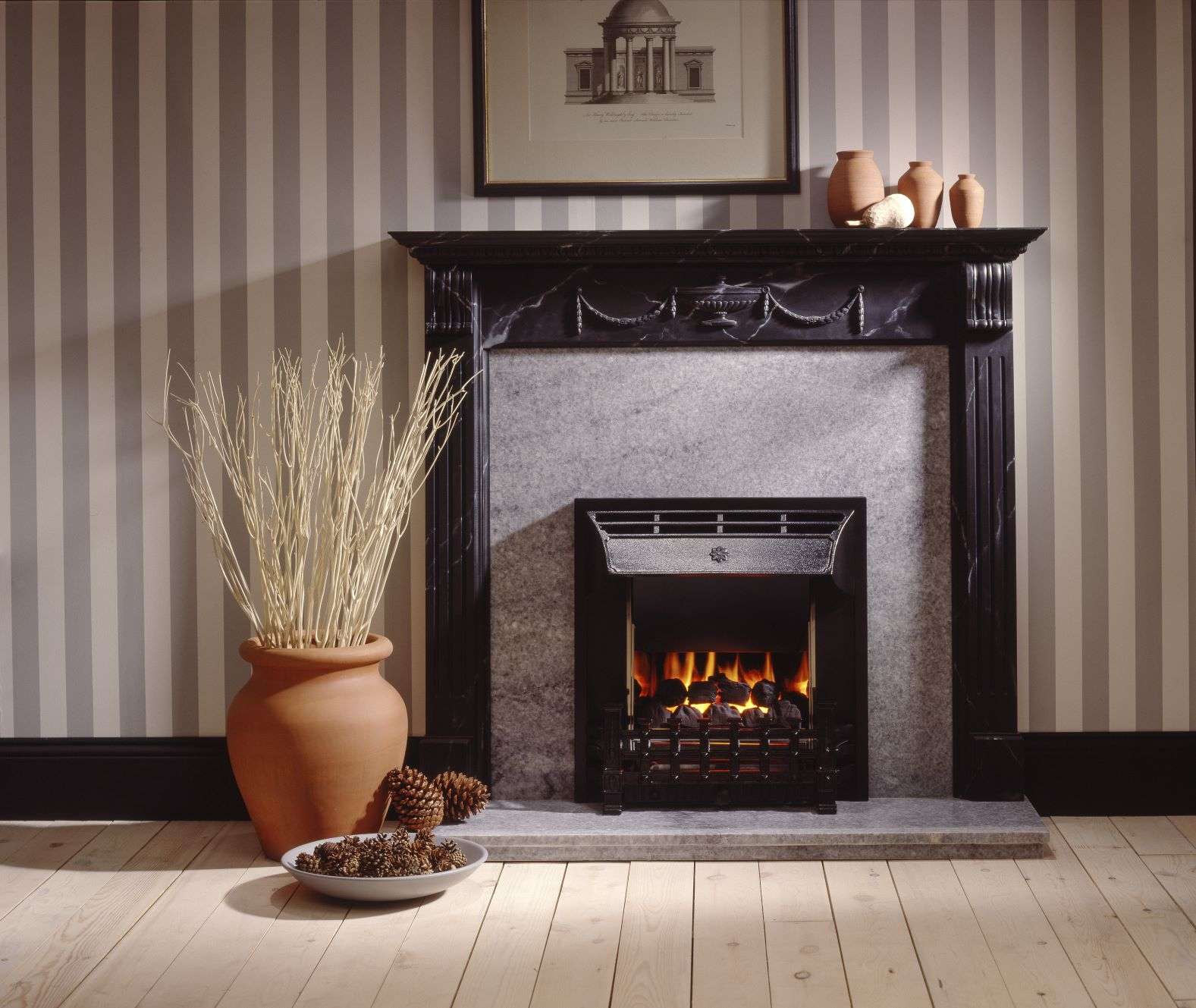
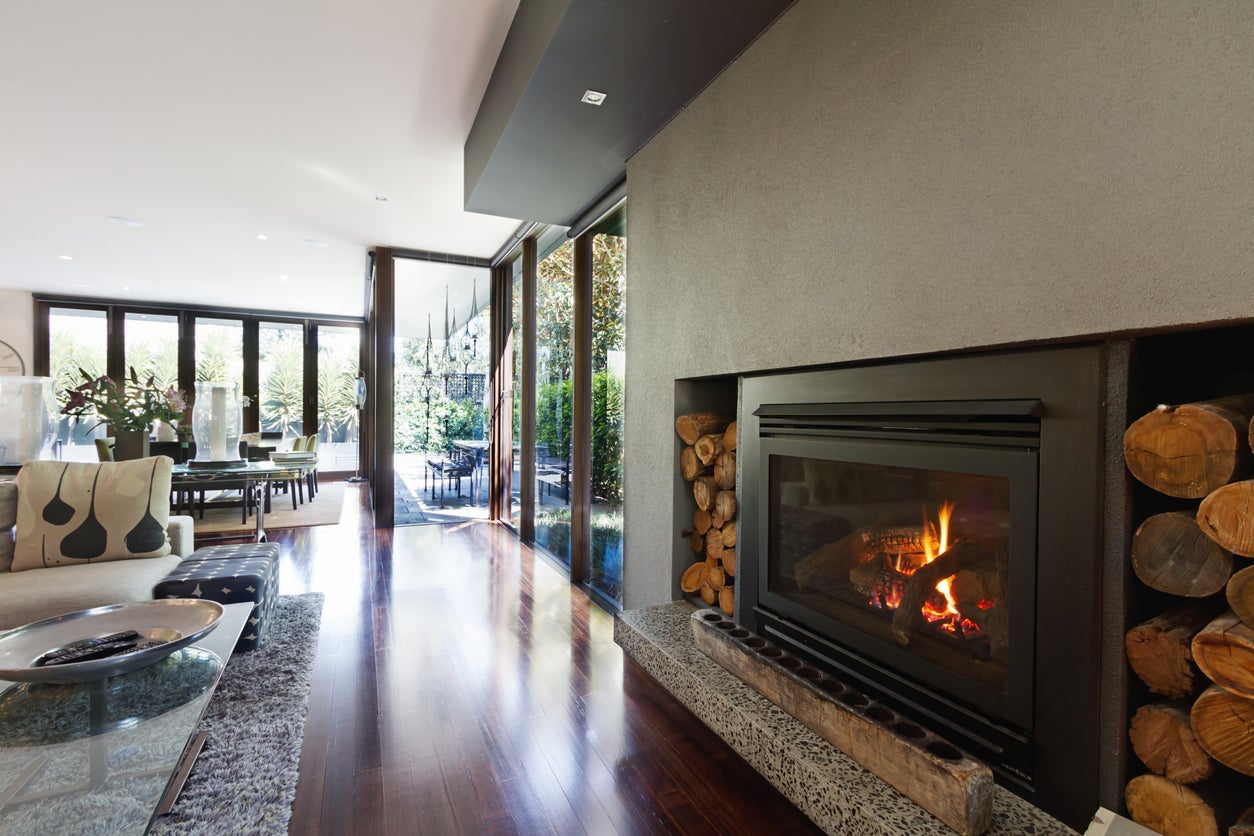
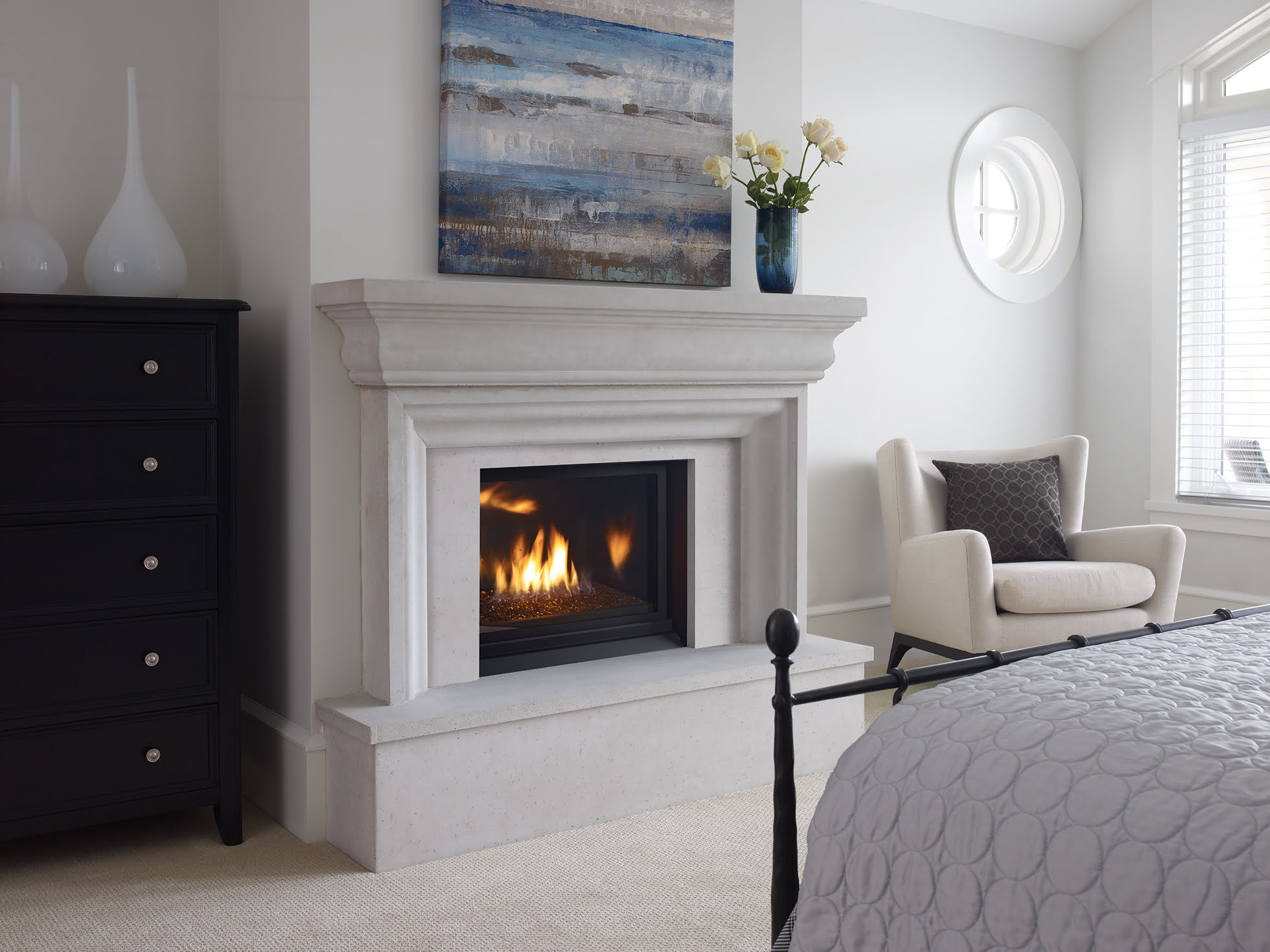
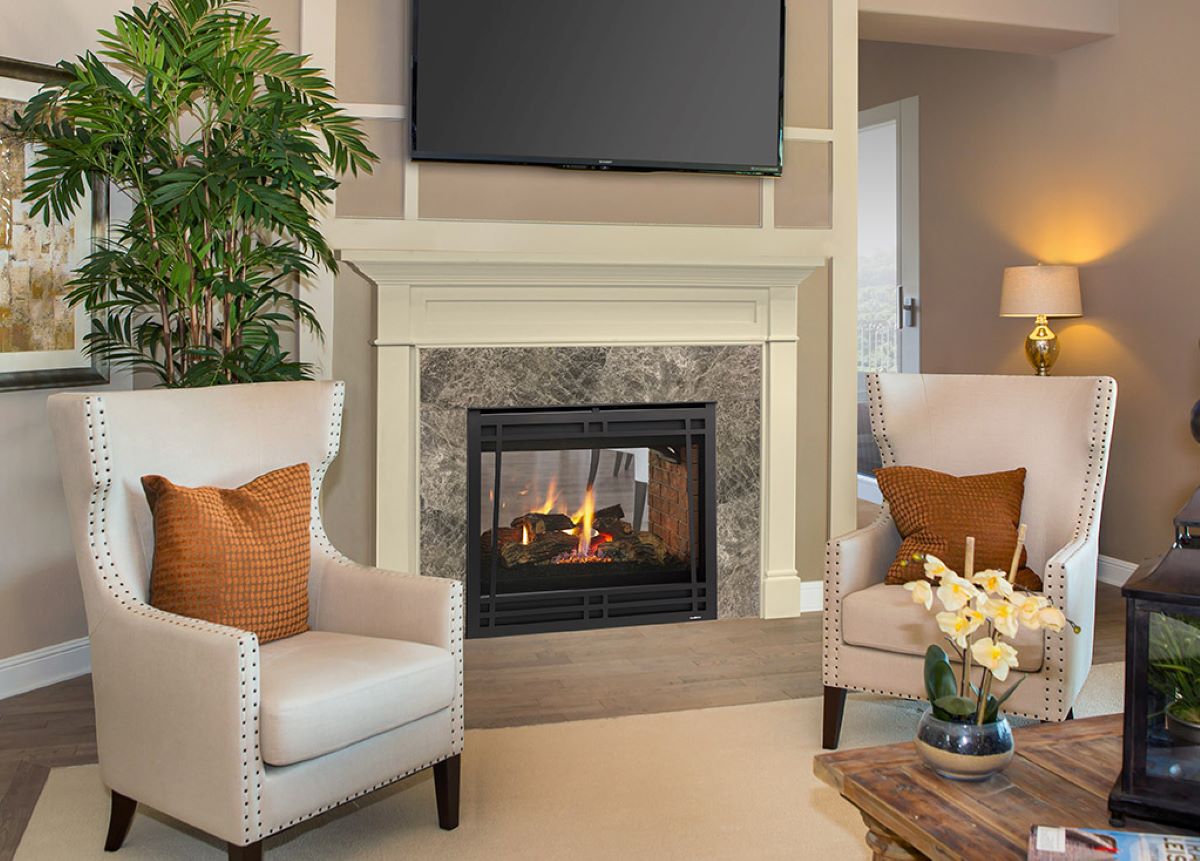
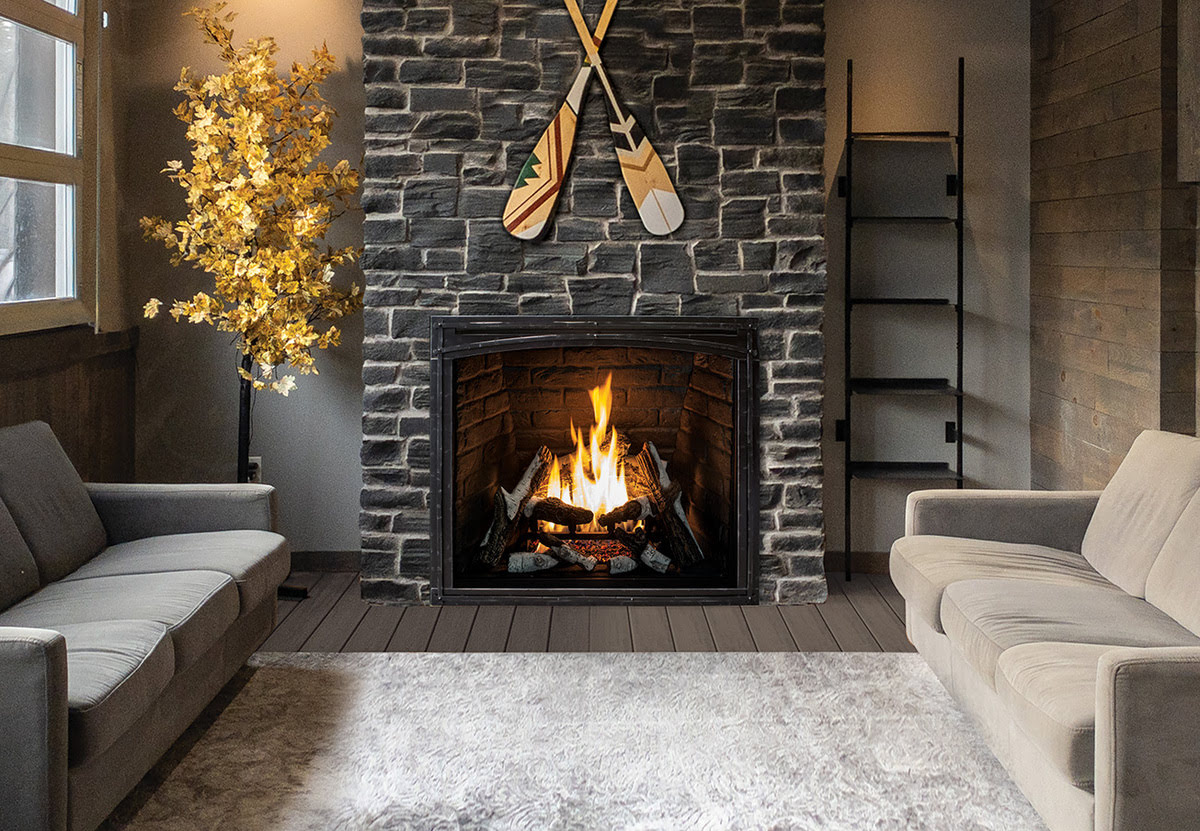

0 thoughts on “What Color Should Gas Fireplace Flames Be”